3. A Wealth Of Artifacts

As they continued digging, the team kept on stumbling across more and more surprises long concealed by the earth. There were archaic versions of weapons, and tools for hunting, fishing, and lighting fires. Students and scientists alike were astounded by the number of artifacts. They had been skeptical that they would find anything in the first place. This archaeological dig was fundamentally different from those in places previously inhabited by the Egyptians or the Incas. Unlike these other sites, this island was not supposed to have been populated at all. But their greatest discovery was yet to come.
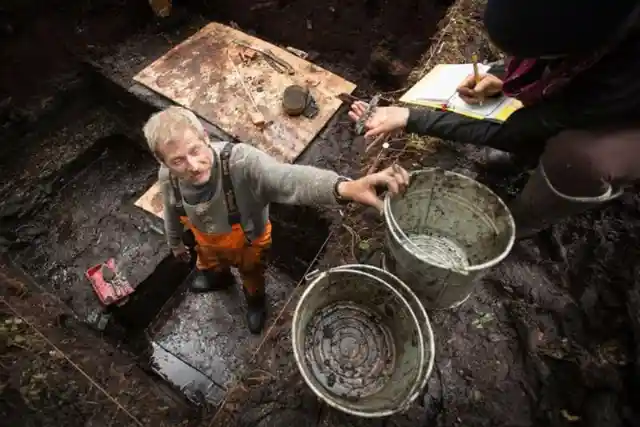
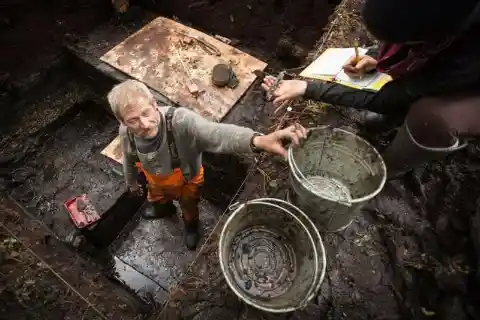

As they continued digging, the team kept on stumbling across more and more surprises long concealed by the earth. There were archaic versions of weapons, and tools for hunting, fishing, and lighting fires. Students and scientists alike were astounded by the number of artifacts. They had been skeptical that they would find anything in the first place. This archaeological dig was fundamentally different from those in places previously inhabited by the Egyptians or the Incas. Unlike these other sites, this island was not supposed to have been populated at all. But their greatest discovery was yet to come.
5. Frozen

During the Ice Age, Western Canada was frozen, covered by a massive glacier. Triquet Island is off the coast of British Columbia, and scientists had been certain that it too was swallowed by ice. It surely would have been impossible to reach the island, let alone live on it. For these reasons, researchers on prehistoric humans in North America had long dismissed what the Heiltsuk Nation had to say about their ancestors taking refuge from the Ice Age. But what the team digging on Triquet Island was about to learn would make them rethink everything.
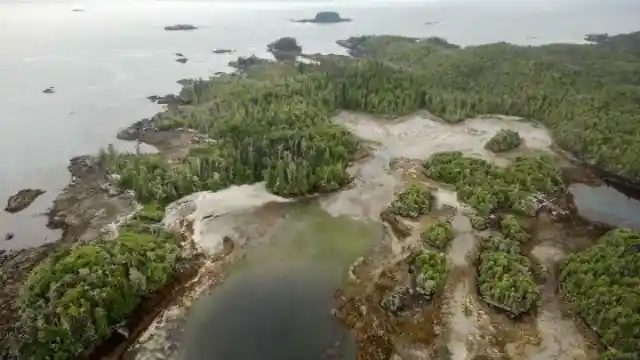
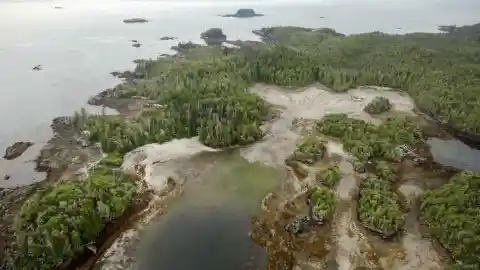

During the Ice Age, Western Canada was frozen, covered by a massive glacier. Triquet Island is off the coast of British Columbia, and scientists had been certain that it too was swallowed by ice. It surely would have been impossible to reach the island, let alone live on it. For these reasons, researchers on prehistoric humans in North America had long dismissed what the Heiltsuk Nation had to say about their ancestors taking refuge from the Ice Age. But what the team digging on Triquet Island was about to learn would make them rethink everything.
7. More Clues

At the archaeological dig site on Triquet Island, the team had discovered tools that would have been used for hunting. But these spears were so big that it would have been impractical to catch fish with them. What’s more, the island had no land mammals. The conclusion was that these people, whoever they had been, primarily subsisted from eating the meat of large marine mammals, like seals, sea lions, and walruses. But how long ago were they doing this? Could it have been during the Ice Age like the Heiltsuk had said?
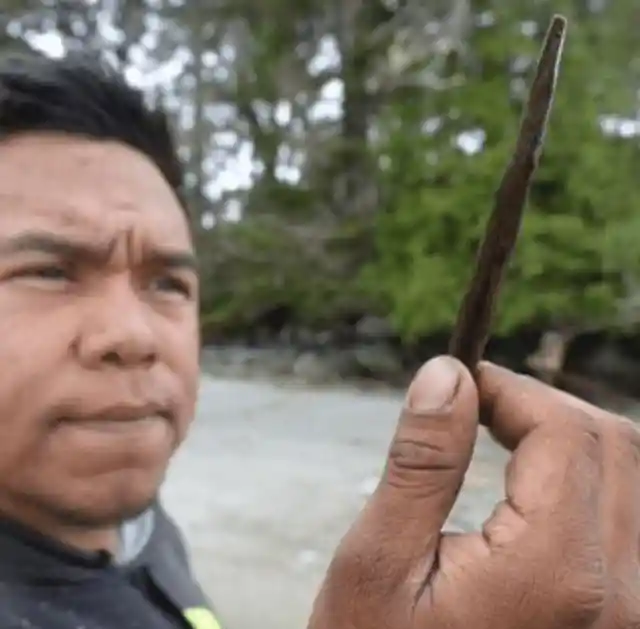
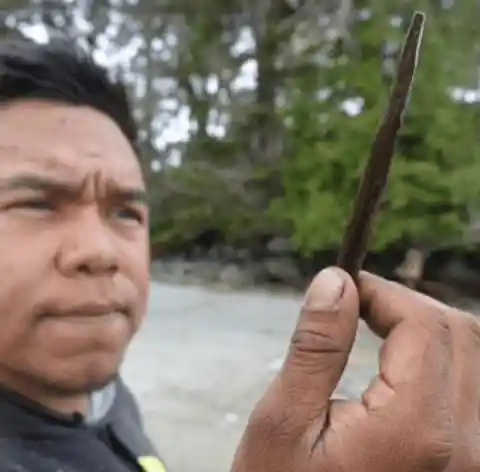

At the archaeological dig site on Triquet Island, the team had discovered tools that would have been used for hunting. But these spears were so big that it would have been impractical to catch fish with them. What’s more, the island had no land mammals. The conclusion was that these people, whoever they had been, primarily subsisted from eating the meat of large marine mammals, like seals, sea lions, and walruses. But how long ago were they doing this? Could it have been during the Ice Age like the Heiltsuk had said?
9. Toolmakers

Just a simple object excavated on Triquet Island could tell a profound story of its mysterious civilization. Cutting and woodworking tools were found that had been fashioned from obsidian, a type of volcanic glass. But there are no volcanoes anywhere near that part of British Columbia. This meant that whoever these people were, they would have had to travel far from home, by boat and by land, to retrieve the obsidian from volcanic sites. And the archaeologists learned even more about their subjects’ lifestyle from another discovery by the beach.
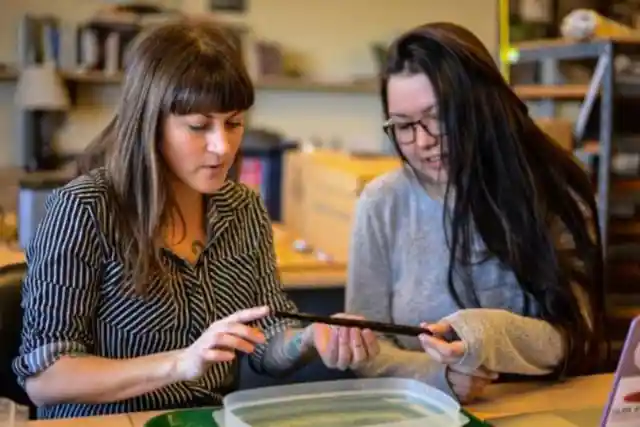
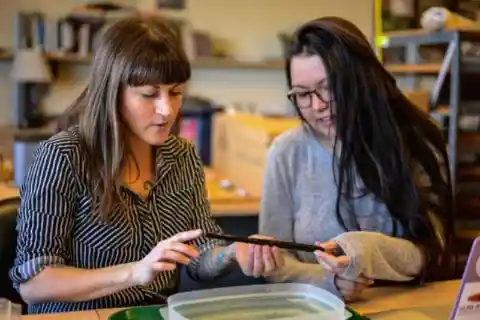

Just a simple object excavated on Triquet Island could tell a profound story of its mysterious civilization. Cutting and woodworking tools were found that had been fashioned from obsidian, a type of volcanic glass. But there are no volcanoes anywhere near that part of British Columbia. This meant that whoever these people were, they would have had to travel far from home, by boat and by land, to retrieve the obsidian from volcanic sites. And the archaeologists learned even more about their subjects’ lifestyle from another discovery by the beach.
11. An Ancient Disaster

According to the archaeologists, there was evidence of two massive tsunamis on Triquet Island in ancient times. There were levels of sediment deposits on the beachfront that indicated signs of a catastrophe, one 6,700 years ago, one 5,600 years ago. Signs pointed to confirming that these ancient people had been on the island then, but that habitation had ended following the first tsunami. One theory said that another group had possibly returned to the island much later, with different eating habits. And that wasn’t all.
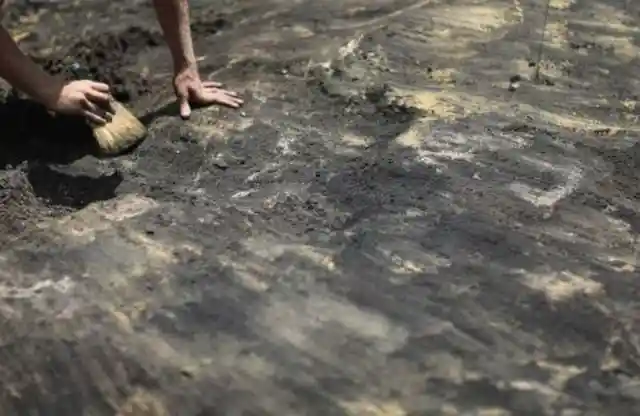
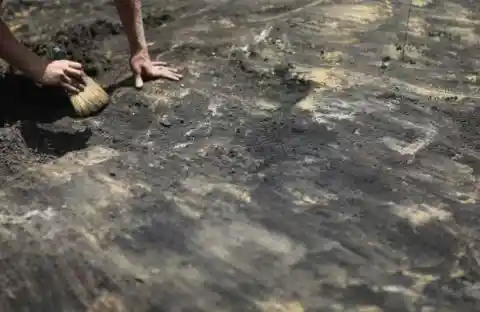

According to the archaeologists, there was evidence of two massive tsunamis on Triquet Island in ancient times. There were levels of sediment deposits on the beachfront that indicated signs of a catastrophe, one 6,700 years ago, one 5,600 years ago. Signs pointed to confirming that these ancient people had been on the island then, but that habitation had ended following the first tsunami. One theory said that another group had possibly returned to the island much later, with different eating habits. And that wasn’t all.
13. Test Results Are In

The long wait to learn the age of the site on Triquet Island ended in November 2016 when the team finally received the carbon dating test results. To their utter astonishment, they discovered they were dealing with a civilization that was far, far older than they had ever imagined. Just this small thing, these few flakes of charcoal, would send ripples that would reverberate throughout our understanding of the past. They would alter the entire conception of Heiltsuk history, Canadian history, and even the human population of the American continent. What they discovered was truly mind-boggling.
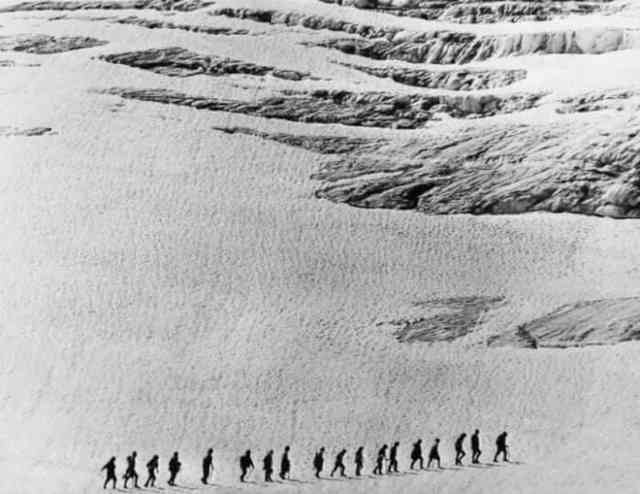
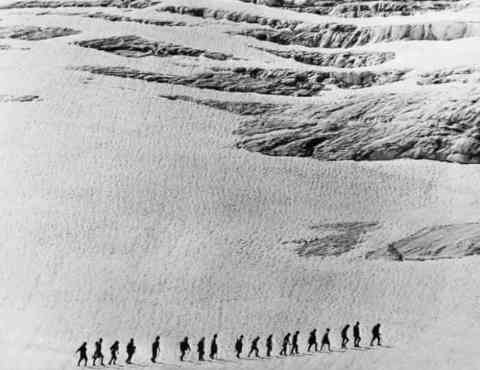

The long wait to learn the age of the site on Triquet Island ended in November 2016 when the team finally received the carbon dating test results. To their utter astonishment, they discovered they were dealing with a civilization that was far, far older than they had ever imagined. Just this small thing, these few flakes of charcoal, would send ripples that would reverberate throughout our understanding of the past. They would alter the entire conception of Heiltsuk history, Canadian history, and even the human population of the American continent. What they discovered was truly mind-boggling.
15. Older Than Empires

The date of 14,000 years is impressive, but it’s easy to throw that number around without comprehending its true weight. Putting it into context compared to other ancient discoveries truly reveals the enormous scope of the archaeological findings on Triquet Island. To say that this village was older than the pyramids at Giza would be an understatement. The Triquet Island site is three times as these ancient wonders. It predates the invention of the wheel by more than a few millennia. But that was just the tip of the iceberg.
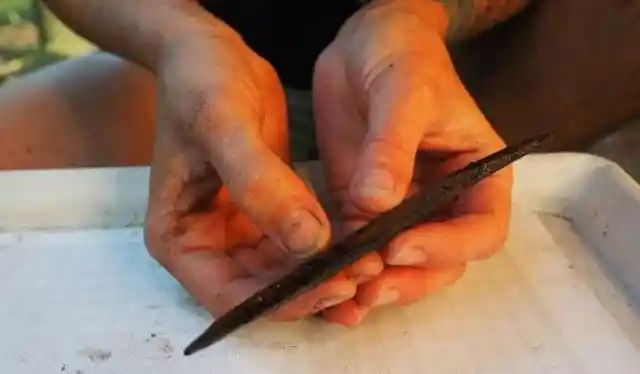


The date of 14,000 years is impressive, but it’s easy to throw that number around without comprehending its true weight. Putting it into context compared to other ancient discoveries truly reveals the enormous scope of the archaeological findings on Triquet Island. To say that this village was older than the pyramids at Giza would be an understatement. The Triquet Island site is three times as these ancient wonders. It predates the invention of the wheel by more than a few millennia. But that was just the tip of the iceberg.
17. Two If By Sea

Researchers have already established that prehistoric humans were able to cross the land bridge from Asia into North America, and it’s assumed they followed bison south through the break in the glaciers. But to get to Triquet Island, whether 14,000 years ago or today, people would have needed boats. Utilizing boats, they, therefore, could have traveled the coast as a route to ice-free areas in the rest of the continent, an alternative to what had previously been thought about the land route through the ice sheets. This new knowledge of human migration reshaped history. But that wasn’t all.
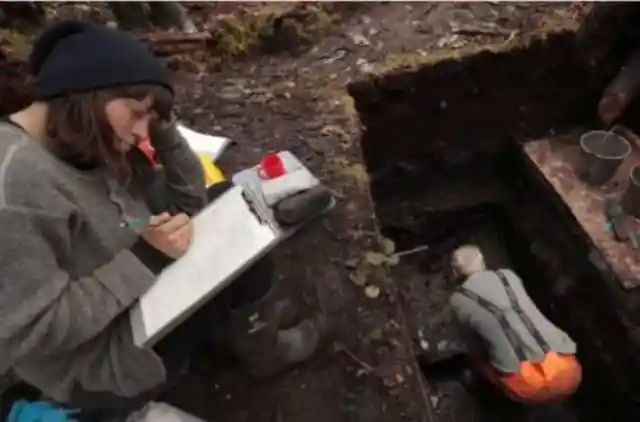
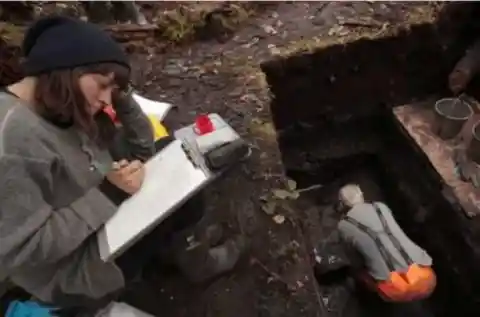

Researchers have already established that prehistoric humans were able to cross the land bridge from Asia into North America, and it’s assumed they followed bison south through the break in the glaciers. But to get to Triquet Island, whether 14,000 years ago or today, people would have needed boats. Utilizing boats, they, therefore, could have traveled the coast as a route to ice-free areas in the rest of the continent, an alternative to what had previously been thought about the land route through the ice sheets. This new knowledge of human migration reshaped history. But that wasn’t all.
19. Prehistoric Wildlife

In prehistoric times, North America was home to actual giants. Roaming was huge and fantastical creatures, whose modern descendants pale in comparison to their grandeur. They existed on the continent long before the first hints of human arrival — or so scientists had assumed. The majority of these giants went extinct before mass human migration into the American continent. But now that proof had been discovered on Triquet Island showing that people had been living there 14,000 years ago, it meant they would have overlapped the era of giants. But how was this possible?
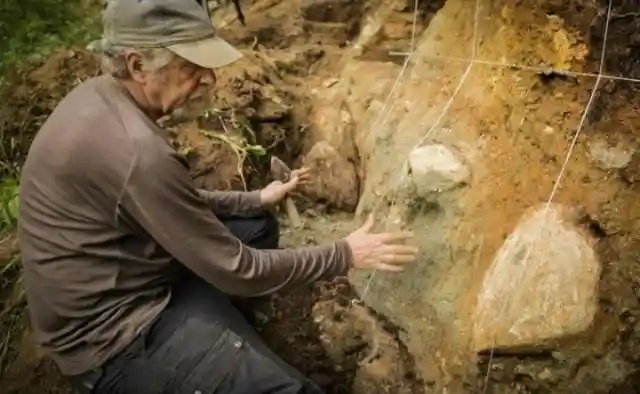
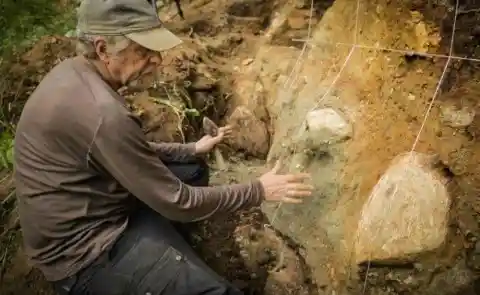

In prehistoric times, North America was home to actual giants. Roaming was huge and fantastical creatures, whose modern descendants pale in comparison to their grandeur. They existed on the continent long before the first hints of human arrival — or so scientists had assumed. The majority of these giants went extinct before mass human migration into the American continent. But now that proof had been discovered on Triquet Island showing that people had been living there 14,000 years ago, it meant they would have overlapped the era of giants. But how was this possible?
21. An Island Of Stability

The glacier covering Western Canada did not match up to today’s coastline and covered many of its thousand islands. So what kept Triquet Island free, leaving it to be inhabitable despite the Ice Age? The secret was in the Pacific Ocean itself. Scientists discovered that the sea level at Triquet Island had stayed constant for 15,000 years, meaning it was stable in a way that no other area was. They had proven that an ancient civilization of people had lived here, and now it made sense. But they had competition.
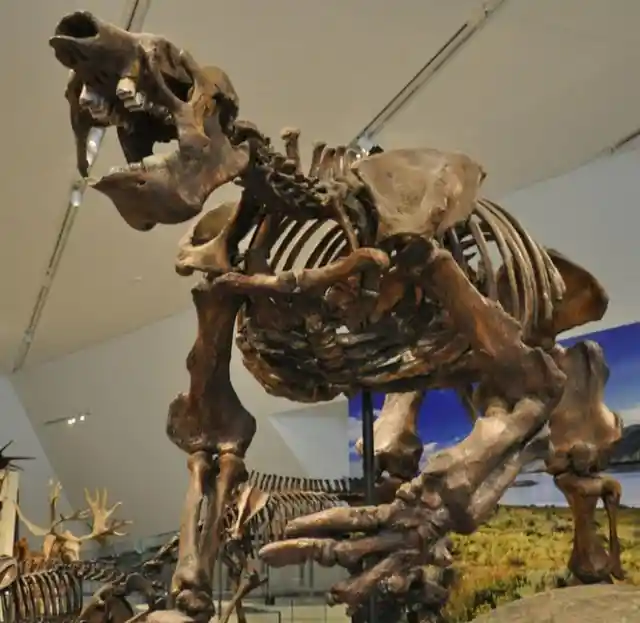
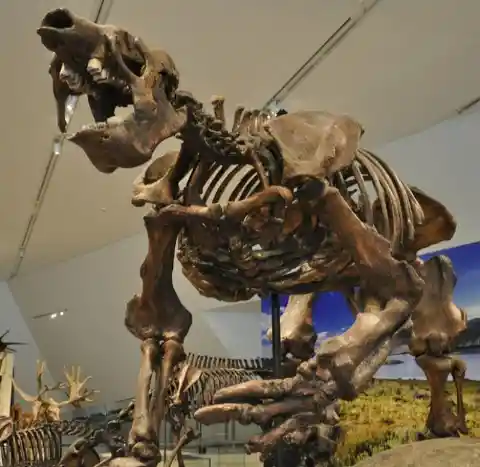

The glacier covering Western Canada did not match up to today’s coastline and covered many of its thousand islands. So what kept Triquet Island free, leaving it to be inhabitable despite the Ice Age? The secret was in the Pacific Ocean itself. Scientists discovered that the sea level at Triquet Island had stayed constant for 15,000 years, meaning it was stable in a way that no other area was. They had proven that an ancient civilization of people had lived here, and now it made sense. But they had competition.
23. The Settlers Of Monte Verde

At the Monte Verde site, there were human footprints and the remains of ancient tent stakes still in place. They even found seaweed that had been chewed by something or someone — and Monte Verde was miles from the ocean. How could it have come there? Just like the dig site at Triquet Island, everything depended on the results of the carbon dating test. The artifacts turned out to be up to 18,500 years old — older than anything else ever found in the Americas, even Triquet Island. How could it be possible?
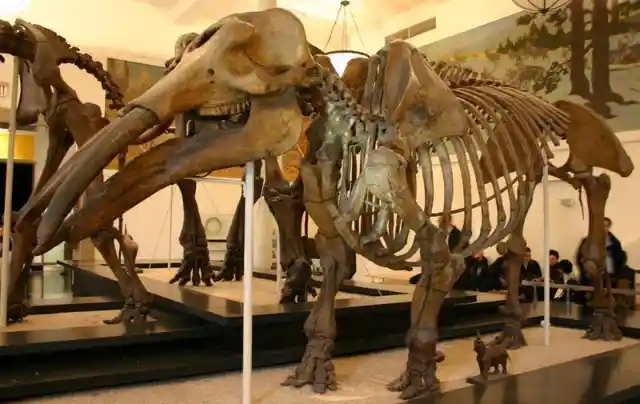
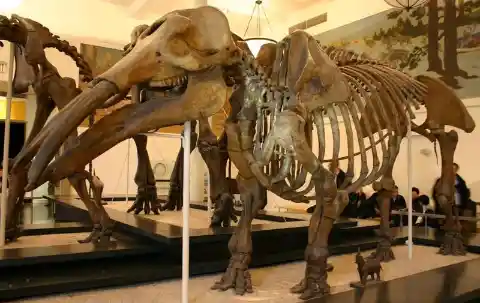

At the Monte Verde site, there were human footprints and the remains of ancient tent stakes still in place. They even found seaweed that had been chewed by something or someone — and Monte Verde was miles from the ocean. How could it have come there? Just like the dig site at Triquet Island, everything depended on the results of the carbon dating test. The artifacts turned out to be up to 18,500 years old — older than anything else ever found in the Americas, even Triquet Island. How could it be possible?
25. Murky Conclusions

Disappointingly, not everyone in the scientific community was convinced that the items found at Monte Verde indicated a human presence there. The date had been obtained by analyzing bone and charcoal, but some claimed those could have happened as the result of an ancient brushfire. The people living around Monte Verde had no historical tradition of a village in that area. Somewhere along the forward march of history, any recollection had been lost. Meanwhile, on the same coast at the opposite end of the hemisphere, the Heiltsuk of British Columbia had not forgotten.
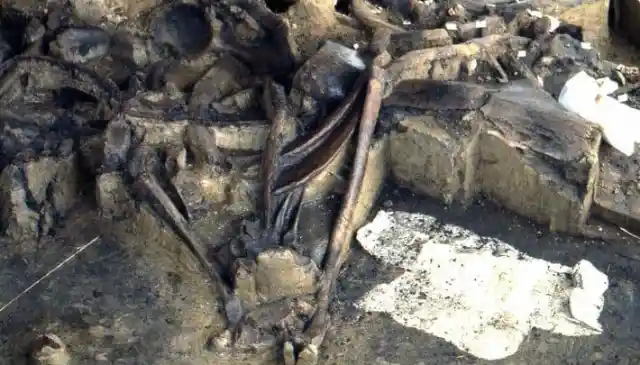
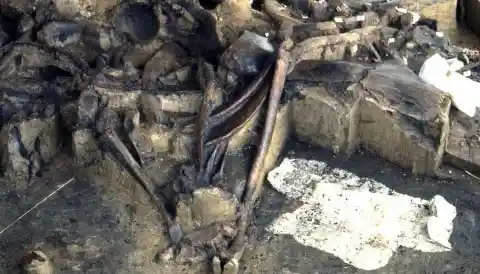

Disappointingly, not everyone in the scientific community was convinced that the items found at Monte Verde indicated a human presence there. The date had been obtained by analyzing bone and charcoal, but some claimed those could have happened as the result of an ancient brushfire. The people living around Monte Verde had no historical tradition of a village in that area. Somewhere along the forward march of history, any recollection had been lost. Meanwhile, on the same coast at the opposite end of the hemisphere, the Heiltsuk of British Columbia had not forgotten.
27. Collective Memory

The Heiltsuk Nation had always claimed that the first of their forefathers had sheltered on Triquet Island from the Ice Age. And despite the way the scientific community had disregarded them, after this monumental archaeological discovery, every single part of that statement turned out to be true. Even more incredibly, the people of the Heiltsuk Nation had kept that historical truth alive without any system of written language. Their story about Triquet Island was neither myth nor folklore, but oral history, passed down by word of mouth, for thousands of generations. But there was a problem.
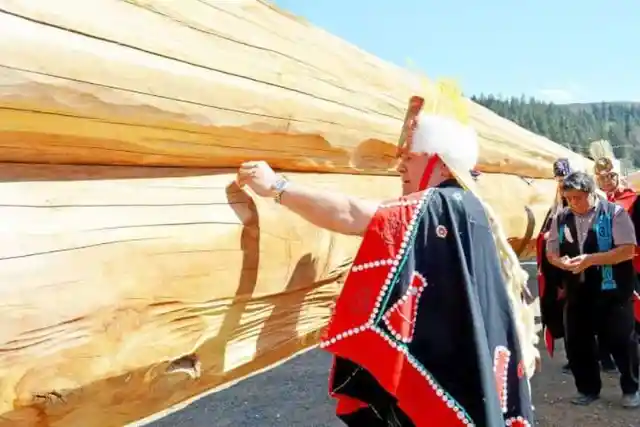
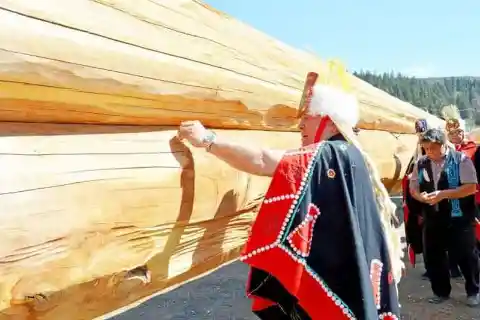

The Heiltsuk Nation had always claimed that the first of their forefathers had sheltered on Triquet Island from the Ice Age. And despite the way the scientific community had disregarded them, after this monumental archaeological discovery, every single part of that statement turned out to be true. Even more incredibly, the people of the Heiltsuk Nation had kept that historical truth alive without any system of written language. Their story about Triquet Island was neither myth nor folklore, but oral history, passed down by word of mouth, for thousands of generations. But there was a problem.
29. Setting It Straight

Alisha Gauvreau is one of the central participants in the archaeological dig, a Ph.D. student from the University of Victoria. According to her, press coverage of the dig tended to focus on the angle of a student making a discovery — while downplaying the immensity of the Heiltsuk oral history. Recently, Gauvreau has dedicated herself to make sure that the main story to be understood from this is discovery is multifaceted. It certainly shifts all thinking about the history of migration to North America, but also bears an incredibly unique, direct link to people living in the area today.
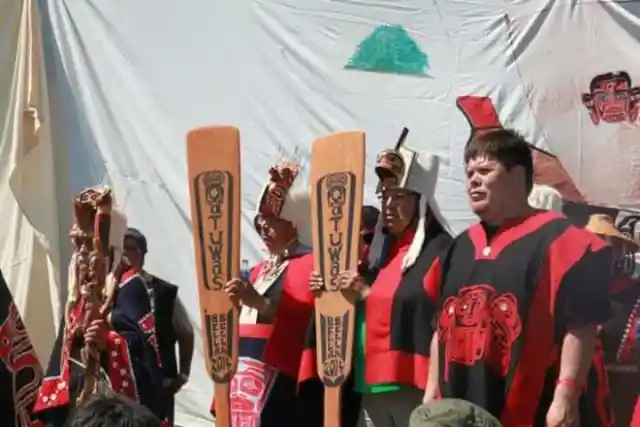
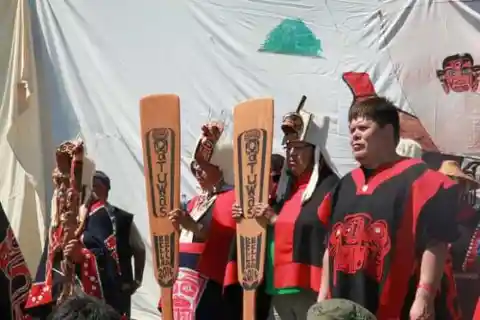

Alisha Gauvreau is one of the central participants in the archaeological dig, a Ph.D. student from the University of Victoria. According to her, press coverage of the dig tended to focus on the angle of a student making a discovery — while downplaying the immensity of the Heiltsuk oral history. Recently, Gauvreau has dedicated herself to make sure that the main story to be understood from this is discovery is multifaceted. It certainly shifts all thinking about the history of migration to North America, but also bears an incredibly unique, direct link to people living in the area today.